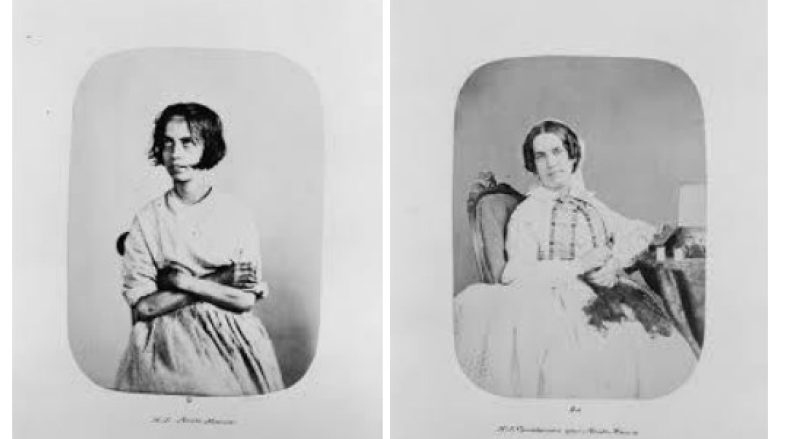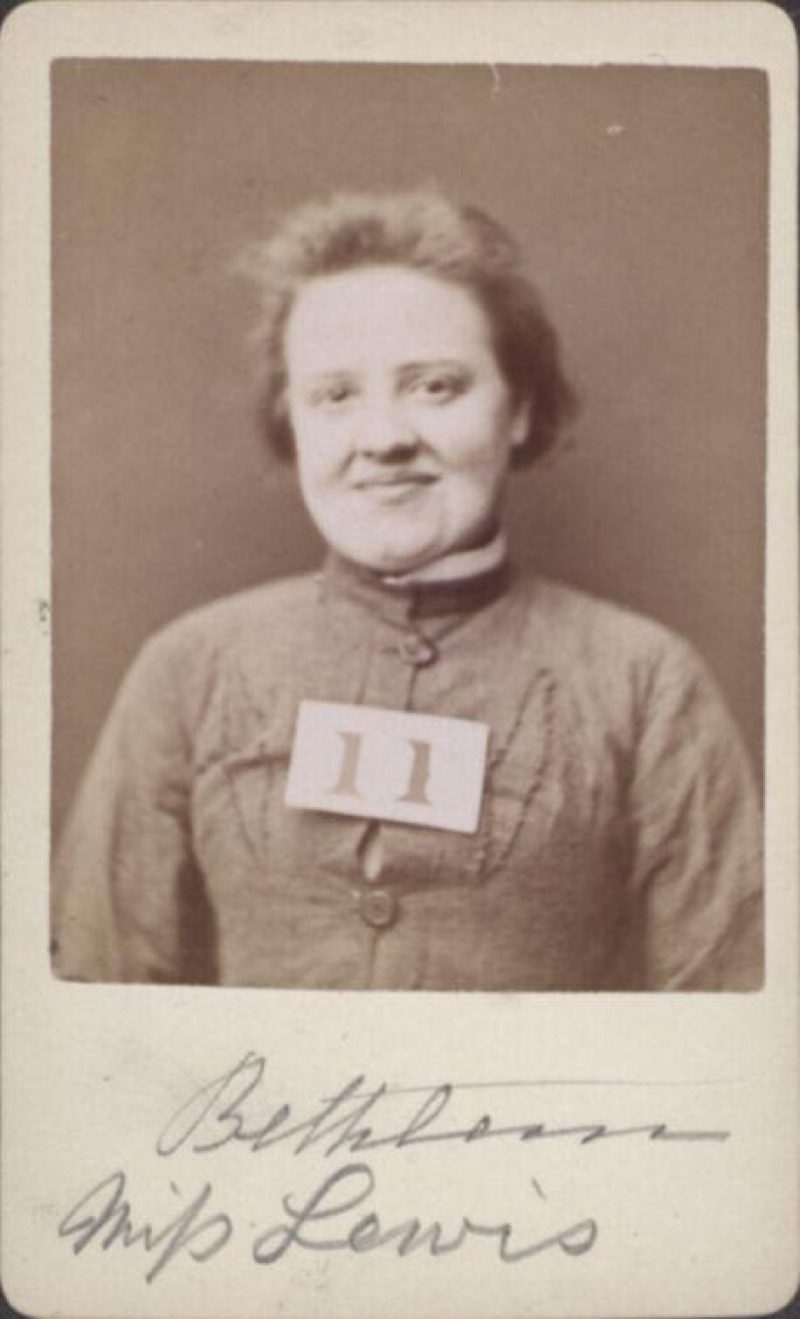Photography and its place at Bethlem
In the nineteenth century, photography was used at Bethlem Hospital for a variety of purposes and was a result of numerous factors. The growth of photography coincided with the development of ideas concerning physiognomy and phrenology, and was later connected to purposes such as identification. The initiatives of individuals such as Hugh Welch Diamond (‘Dr Diamond’), Henry Hering and Francis Galton significantly contributed to this increasing trend of patients being photographed.
Hugh Welch Diamond (1808-1886) was well known for his contributions to psychiatric photography. Starting as a surgeon in the East India Company, his career then developed into studying psychiatry under Sir George Tuthill at Bethlem and then at the Surrey County Lunatic Asylum, being named resident superintendent. In the practice of taking photos of patients, Diamond attempted to approach mental illness scientifically and believed this could capture their emotions and expressions - which in turn could reveal the condition of their mental state and culminate in a diagnosis. However (looking at Diamonds’ work from a 21st century perspective), I believe that his work was ethically problematic. Although these photos were only released to doctors, nevertheless they infringed on a patient's right to privacy and effectively promoted a limited understanding of mental health which did little to indicate the variety of different factors resulting in poor mental health.
Similarly, the role of Henry Hering and his relation to physiognomy contributed to the manner in which patients were being photographed - but specifically at Bethlem Hospital. Physiognomy was the practice of assessing a person's mental state and character, through looking at their facial features. Photography was seen as a vehicle in growing this practice (especially in the 19th century). In the 1850s, Hering took photographs of Bethlem patients shortly after their admission, and followed up by photographing (at least some of) those who had recovered with the year that followed. Key features within these contrasting images would be that, in the first picture, the patient would often (although not always) look rather distressed, through signs of thinness from not eating and messy hair indicating a lack of hygiene. This would then be followed by the second picture in which the patient would look more ‘presentable’ through smarter clothes and a clean hairstyle which would indicate the extent of the person’s recovery. Today it is more likely that ill mental health would be viewed as being treated and managed on an ongoing basis rather than being cured.

Photograph of Harriet Jordan taken by Henry Hering, 13 May 1858 - 30 October 1858 .
One precursor to this practice of photography was the phenomenon of phrenology, initially developed by Franz Joseph Gall. On the assumption that the precise contours of a person’s head indicated different aspects of a person's personality, close attention was paid to these contours for the purpose of identifying personality traits via photographs. To take an example, Gall analysed and photographed the bumps on pickpockets’ heads, noted that many had bumps above their ears, and suggested that these were linked to traits such as greed and a tendency to lie. Whilst not specifically used at Bethlem Hospital, we can recognise phrenology as a practice that completely failed to take into consideration factors such as environment and society as influences on human personality and behaviour, therefore rejecting this.
Photography and Bethlem come together once more in the nineteenth century with the work of Francis Galton. Galton pioneered the production of composite portraits as a way of identifying different human ‘types’. To do so, he arranged for photographs to be taken of prison inmates, from which he believed specific facial features could be identified and attributed to distinct types of criminality. Galton’s next step was to enter facilities such as Bethlem in the early 1880s and photograph a number of its residents. His conclusions – that the mentally ill, along with Jewish people and tuberculosis sufferers, were socially and developmentally inferior – were racist and immoral, but for some they gave a degree of scientific legitimacy to the ascendant pseudo-science of eugenics.

Photograph of Mrs Lewis, taken by Francis Galton, taken circa 1880's. Courtesy of the Wellcome collection (Reference: GALTON/2/8/1/5)
The work of Hugh Welch Diamond, Henry Hering, Franz Joseph Gall and Francis Galton sheds light on how photography was used at Bethlem and elsewhere – yet not always in a way that helped patients manage recovery of their mental health. Overall, in numerous ways, this can be viewed as a practice which tended to dehumanise patients.